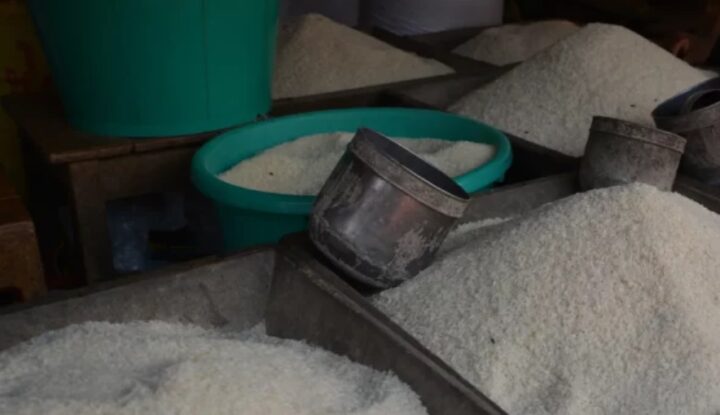India is the world’s biggest exporter of rice and accounts for nearly 40 percent of global rice exports in 2022. The country exports 22 million tonnes which is worth $9.66 billion to 140 countries. In the current scenario, India exports basmati and parboiled rice, meeting its international commitments halfway. The prices have increased by 25 percent since the ban. With the price increase, the poor are hard hit especially in countries like Nepal and Bangladesh. They depend mainly on India’s white rice.
The Russia-Ukraine war had already shot up grain prices and it has increased further since Russia exited from the Black Sea Grain Initiative. This initiative would have allowed the grain from Ukraine to reach the world markets. Along with India, the possibility of a rice ban from countries like Pakistan, Thailand, and Vietnam, which together contribute to 30 percent of global rice sales, if their crop production gets hurt by El Nino. The shortage of rice will have a spillover impact on wheat, maize, soya bean, and corn, mainly because they are used as rice substitutes. This would lead to creating a domino effect on the demand and prices of food and fuel.
How India’s Rice Export Ban is Affecting the Global Economy



